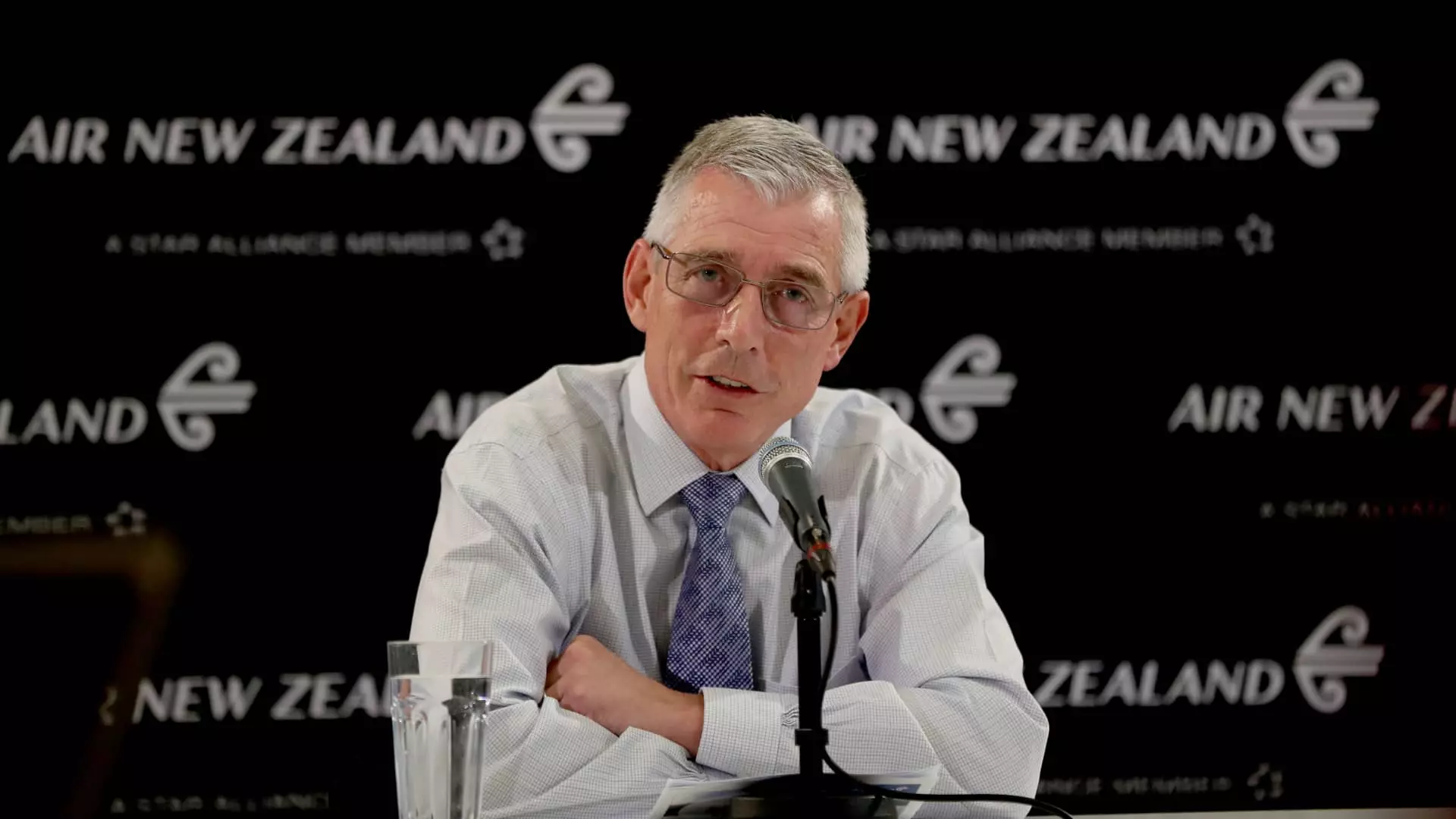The landscape of in-flight Wi-Fi is rapidly evolving, and passengers can soon expect a significant enhancement in their connectivity options while traveling. With air travel on the rise and demand for reliable internet access growing, airlines are turning to innovative solutions to elevate the passenger experience. Notably, SpaceX’s Starlink is emerging as a frontrunner in providing high-speed, reliable internet services to airlines, promising to redefine expectations for connectivity at 30,000 feet.
Historically, in-flight Wi-Fi has been plagued by issues of inconsistency and unreliability. Many travelers have experienced frustratingly slow connections, spotty service, or, in some cases, no service at all during their flights. These challenges have led to dissatisfaction among passengers, particularly those who rely on timely communication for work or personal matters. In an era where digital connectivity is deemed essential, airlines faced mounting pressure to enhance their onboard internet infrastructures to meet passenger demands.
Air New Zealand CEO Greg Foran recently shed light on this transformative journey, emphasizing Starlink’s role in bringing reliable internet access to full-service carriers worldwide. The satellite-based internet service, which operates through a constellation of approximately 6,000 satellites, is designed to provide fast and robust internet connections regardless of geographical constraints. With this technology, the days of buffering during video calls or interrupted streaming sessions in-flight may soon be behind us.
Foran announced that Air New Zealand plans to test Starlink services on select domestic flights in 2025. While the launch may still be a while away, the anticipation surrounding it signals a pivotal shift in how airlines approach in-flight connectivity. Foran’s remarks reflect an unwavering commitment to improving the passenger experience, with Starlink being heralded as an essential addition to the airline’s capabilities.
Air New Zealand is not alone in this move; United Airlines has also made significant strides in securing Starlink for its fleet. In September, United Airlines revealed it had entered into what is described as the largest agreement in the industry for Starlink services to date. It intends to roll out the service across its entire fleet of over 1,000 aircraft, establishing a new standard for in-flight internet access by 2025. This ambitious initiative underscores a collective ambition among major airlines to meet growing consumer expectations regarding in-flight connectivity.
The advantages of Starlink extend beyond mere speed. Passengers will be able to engage in everyday activities such as live streaming, real-time gaming, and conducting business during flights—once considered impractical or impossible. Notably, both Air New Zealand and United Airlines have pledged to integrate these high-speed internet services into the cost of tickets, eliminating the potentially contentious add-on fees that often accompany in-flight Wi-Fi purchases.
The promise of reliable internet access in the skies not only enhances passenger experience but also has significant implications for the broader travel industry. Airlines that prioritize high-quality connectivity can position themselves favorably in an increasingly competitive sector. An enhanced in-flight experience can also encourage more people to fly, knowing they can remain connected without interruptions.
Moreover, as more airlines, including international ones like Air France and smaller operators such as JSX, adopt Starlink services, the ripple effects of this technological advancement will likely set new benchmarks and expectations for air travel globally.
The in-flight connectivity landscape is on the brink of transformation, primarily driven by innovative solutions like SpaceX’s Starlink. With airlines focused on optimizing passenger experiences, high-speed Wi-Fi may soon become a norm rather than a luxury. This development heralds a new era in air travel where passengers can experience seamless digital connectivity, effectively bridging distances and keeping travelers engaged during their journeys. As anticipation builds for the rollout of Starlink services, travelers can look forward to more comfortable, connected, and productive flights ahead.


Leave a Reply